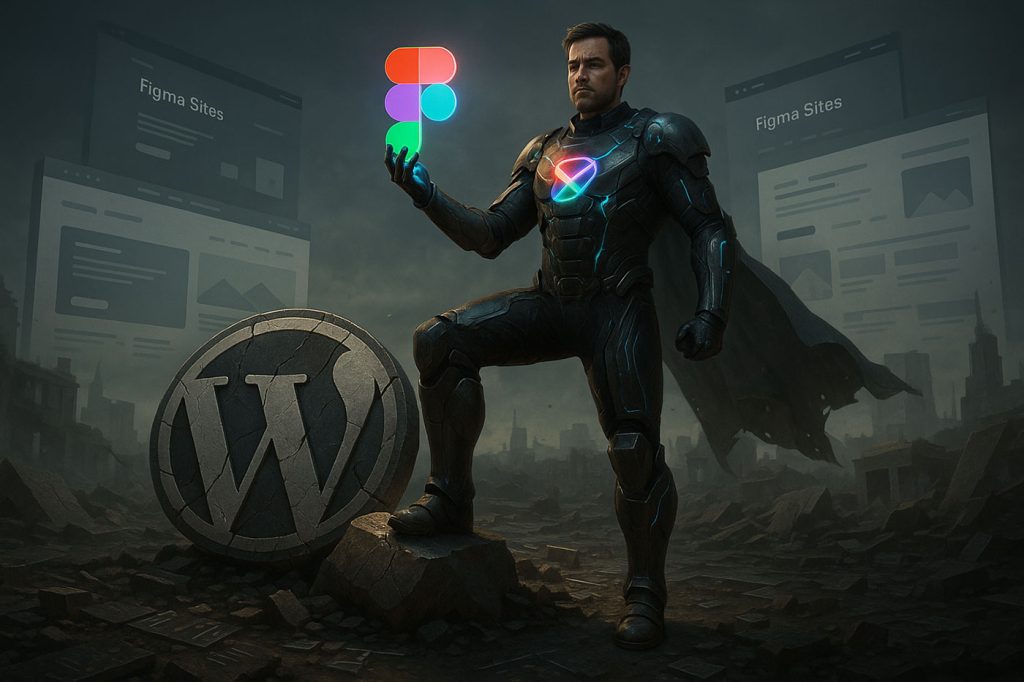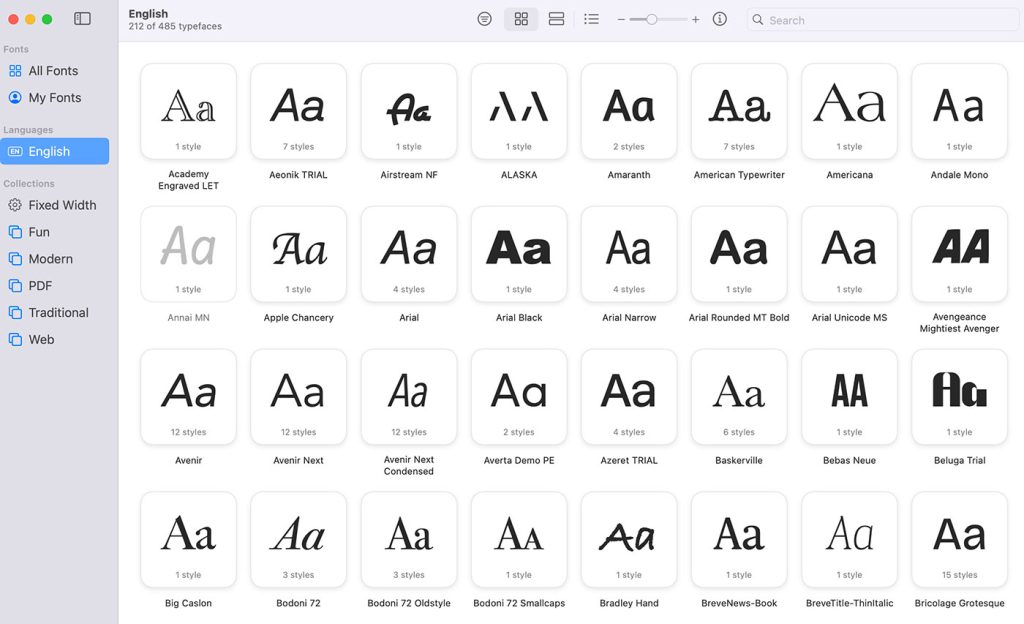When Figma announced Sites, designers lit up like it was Christmas, WWDC, and Adobe’s funeral all rolled into one. Finally, they cried — a tool that would let me publish directly from Figma. No developers. No handoff. No middleman. Just click “Publish” and boom — you’re live on the internet.
Some called it a Framer killer. Others whispered it might be a WordPress assassin. And in the chaos of hype and hot takes, a very uncomfortable truth got lost:
Figma Sites is… not ready.
Not yet, anyway.
And yet, despite being clearly undercooked, it might still be the most dangerous thing to happen to WordPress and Framer in years.
Let’s talk about it.
WordPress: Still Everywhere, Still Exhausting
WordPress is the reason half the web exists. It’s powerful. It’s extensible. It’s also a bloated mess duct-taped together with legacy plugins, outdated themes, and community forums that recommend functions written in 2009.
Designers have never loved it — they’ve tolerated it. If you’ve ever handed off a clean Figma mockup only to see it chewed up and spit out by Elementor, you know the pain. WordPress is a CMS first and a visual platform second… or maybe third… or maybe not at all.
And let’s be honest: if you’re building a marketing site, a portfolio, or even a launch page, WordPress is the last thing you want to touch unless you’re being paid hourly.
Framer: Quietly Brilliant, Ludicrously Underrated
Framer, on the other hand, has been slowly winning over designers who want more control and more delight. It’s clean. It’s interactive. It actually respects layout. It gives you CMS features, beautiful transitions, and real responsiveness without a line of code.
It’s everything Webflow wishes it was — but easier to use and 10x more elegant.
The only issue? Framer is still a separate tool. You have to leave Figma. Rebuild layouts. Re-learn a UI. Re-upload assets. It’s not a hard jump, but it’s a jump. And most people won’t jump if they don’t have to.
Which brings us to Figma Sites.
Figma Sites: Workflow Drug or False Messiah?
Figma Sites feels like a dopamine hit. You’re designing. You’re flowing. And now you can just… publish. No friction. No switch. No dev. You’re already there.
And that’s where it gets dangerous. Because even though it’s not nearly as powerful as Framer, and nowhere near as mature as WordPress, it’s already the easiest option.
And as anyone in UX knows: the easiest option always wins.
But let’s not confuse “easy” with “ready.”
Because as of now, Figma Sites is rough. Like, why-is-this-out-already rough.
The UX Is Ironically Half-Baked
Figma Sites, for all its vision, somehow stumbles at the one thing Figma usually nails: interface clarity.
The Sites panel feels like a rushed plugin masquerading as a native feature. You want deep control over layout? Not happening. You want auto-layout to behave the way it does in Figma proper? Not yet. You want reusable components with logic? Good luck.
Instead of feeling like a design-to-web revolution, it feels like someone duct-taped a minimal site builder into your design tool and called it a platform.
The Code Output Is a Black Box (and a Mess)
Look under the hood and you’ll see what looks suspiciously like the ghost of Dreamweaver past. The HTML? Cluttered. The CSS? Bloated. The SEO? Barely there. You can’t optimize it. You can’t export it cleanly. You can’t inspect it with confidence.
This isn’t web publishing. This is HTML purgatory.
Figma Sites isn’t just giving you a one-click way to launch. It’s locking you into a system that’s not ready to scale — or leave. Try migrating off of it and you’ll be begging for death or paying someone on Fiverr to help you replatform to Webflow.
And that’s the deeper concern: vendor lock-in disguised as simplicity.
This Isn’t a Framer Killer. It’s Framer Lite for the Figma Faithful.
Let’s be real. Figma Sites and Framer are not targeting the same user — not yet.
Framer gives you CMS support, animations, forms, variables, responsive overrides, SEO control, and actual performance tools. It’s for designers who also want to ship beautiful, complex, scalable sites. Figma Sites is, at best, a portfolio toy with nice typography.
And that’s fine. There’s a place for that. But when people start acting like Figma Sites is the new standard, we need to pump the brakes. Right now, it’s closer to Carrd with Figma fonts than anything revolutionary.
But Here’s the Twist: It Still Might Win
All that said… Figma Sites might still win. Not because it’s better. But because it’s already inside Figma. You don’t have to go anywhere. You don’t have to learn anything new. You just design and click “Publish.”
That’s the kind of frictionless workflow that kills better tools.
So while WordPress will stick around — because inertia — and Framer will continue to grow with serious designers and agencies, Figma Sites could quietly eat the bottom of the market without ever needing to be “good.” It just needs to be there.
The Real Problem: Figma Might Be Turning Into Adobe
This is where it gets a little darker.
Figma Sites is the first big post-acquisition “platform move.” And it shows. It’s overmarketed, undercooked, and feels like it was built for the investor slide deck more than the design community.
Figma used to build thoughtful tools. This feels like a cash grab. A walled garden. A step toward becoming the very bloated, legacy creative suite it once replaced.
If we don’t push back now — if we let hype override reality — we’re just watching the slow Adobe-fication of Figma in real time.
What Designers Should Actually Do
Use Figma Sites… but with open eyes. It’s fine for a personal site, a quick launch page, or a one-off prototype. But if you care about SEO, performance, dynamic content, accessibility, or long-term maintainability? Go Framer. Go Webflow. Go code. Go anywhere else.
Don’t let “convenient” become the same trap that got us all stuck in WordPress hell in the first place.
Final Thought: Don’t Lower the Bar
Figma Sites could eventually be amazing. It really could. But it’s not there now. And pretending otherwise doesn’t help the tool — or the industry.
We deserve better than half-baked features wrapped in beautiful UI. And we definitely deserve better than another walled garden that locks away real web standards.
So yes — be excited. But be skeptical. Be critical. Figma Sites might be the future someday.
But today? It’s just a very shiny warning sign.






